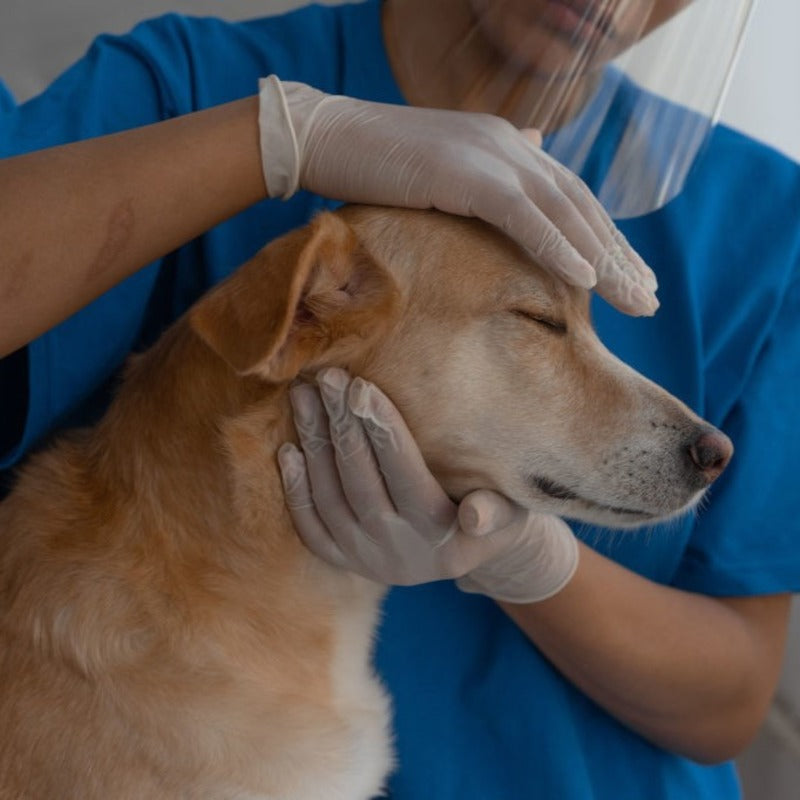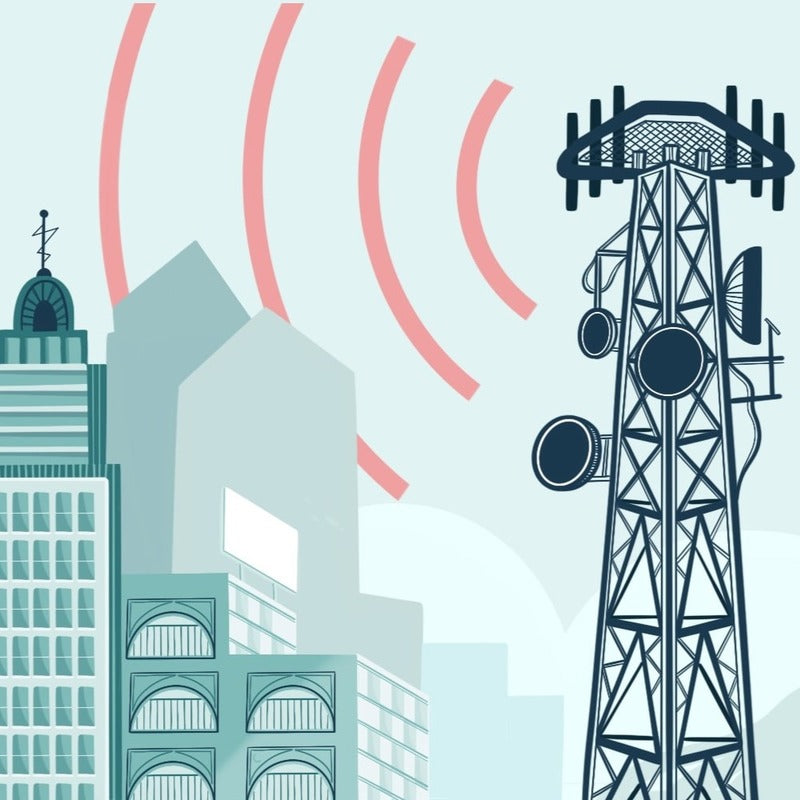With growing concerns about environmental safety, radiation exposure is becoming a significant worry — not only for humans but also for animals. Pets and livestock, much like humans, can be affected by radiation from industrial zones, agricultural equipment, and even household electronics. Given these risks, it is essential to consider how this exposure might impact their health. Milerd HiStand provides an effective solution for monitoring radiation levels, helping to ensure the well-being of animals exposed to various environmental hazards. In this article, we will explore how regular radiation monitoring is vital for protecting pets and livestock.
Understanding Radiation Exposure in Animals
Radiation exposure refers to the contact with harmful levels of radiation, which can come in two primary forms: ionizing and non-ionizing. Ionizing radiation includes sources like X-rays and gamma rays, which can penetrate living tissue and cause cellular damage. Non-ionizing radiation includes sources such as microwaves and radio waves, which are less harmful but still pose risks with prolonged exposure.
Pets and livestock may be exposed to radiation from several sources. For example, animals living near industrial zones might be exposed to radiation from equipment or agricultural tools. In veterinary settings, equipment used for diagnosis, such as X-ray machines, can also be a source of pet radiation exposure.
For animals, safe radiation levels differ from those of humans due to their size and biology. It’s important to establish and maintain safe thresholds for radiation to avoid long-term health impacts on both pets and livestock.
Signs and Symptoms of Radiation Exposure in Animals
Recognizing the symptoms of radiation exposure is key to protecting animals. In pets, common signs may include unusual lethargy, gastrointestinal distress, and visible skin reactions like redness or hair loss. Because pets are often smaller than humans, they are more vulnerable to radiation, making early detection crucial.
Livestock, such as cows and sheep, may experience different symptoms. Effects on livestock health from radiation exposure can manifest as a drop in milk production, weight loss, or unusual behavioral changes. These symptoms may indicate long-term health problems if exposure continues, affecting both the animal’s productivity and overall well-being.
Animal health monitoring is essential in areas where radiation may be present, as early intervention can prevent serious health issues. Routine monitoring helps detect even subtle changes in behavior or productivity that could signal exposure to unsafe radiation levels.
Why Monitoring Radiation Exposure Is Important
For both pets and livestock, monitoring radiation exposure is essential to maintaining health and avoiding long-term damage. Prolonged exposure can lead to issues like immune suppression, reproductive problems, and increased vulnerability to diseases. Radiation and long-term health risks are particularly significant for animals that are continuously exposed in their environment.
Pet owners and farmers bear the responsibility of protecting their animals from potential radiation hazards. Much like other environmental risks, such as pollution or chemical exposure, radiation needs to be monitored consistently. By doing so, they can take proactive steps to ensure the health of their animals.
Using the Milerd HiStand for Radiation Monitoring
The Milerd HiStand provides an easy and reliable way to monitor radiation levels around pets and livestock. This advanced device measures radiation in real time, helping owners and farmers quickly assess whether their animals are being exposed to dangerous levels. Whether monitoring in the home, barn, or field, the HiStand ensures a safe environment by providing accurate radiation readings across various settings.
One of the key benefits of the Milerd HiStand is its portable radiation detection feature, which makes it easy for farmers to monitor large properties. With its lightweight design and long battery life, the device can be used in different locations to track radiation across varied environments. This portability is especially useful for field monitoring, where animals may be exposed to outdoor radiation sources.
Additionally, the Milerd HiStand is incredibly user-friendly. Even with minimal technical knowledge, pet owners and farmers can operate the device. Equipped with solar power capabilities and a durable design, the HiStand is not only efficient but also eco-friendly. Its ability to store radiation data over time allows for continuous animal health monitoring, offering peace of mind to owners concerned about their animals’ exposure.
Additional Radiation Protection Tips
In addition to using the Milerd HiStand radiation device, there are several radiation protection tips that can help reduce exposure risks for animals. One simple method is to limit exposure time by keeping pets and livestock away from high-risk areas such as power stations or industrial machinery. By reducing the time spent near these sources, animals' exposure to harmful radiation can be minimized.
Another effective strategy is the use of radiation shielding materials in barns, kennels, or other enclosures. These protective barriers help block or reduce radiation, creating a safer environment for animals. Routine radiation safety checks using devices like the Milerd HiStand can further ensure that your animals are safe from unseen hazards.
Conclusion
Monitoring radiation exposure for pets and livestock is crucial for safeguarding their health and well-being. By understanding radiation risks and taking proactive steps — such as using the Milerd HiStand for regular monitoring — you can help protect your animals from the potential dangers of radiation. Taking these preventive measures today ensures a healthier, safer environment for your pets and livestock in the long run.



Lasă un comentariu
Acest site este protejat de hCaptcha și hCaptcha. Se aplică Politica de confidențialitate și Condițiile de furnizare a serviciului.